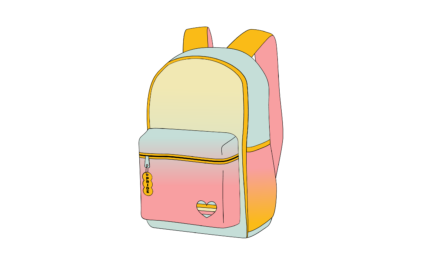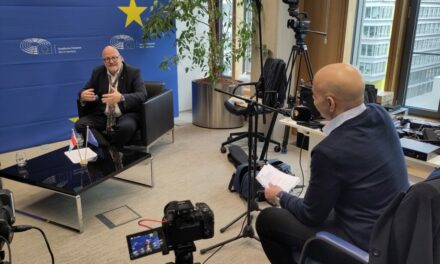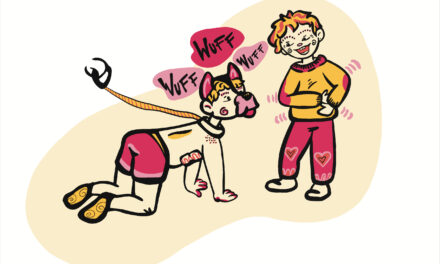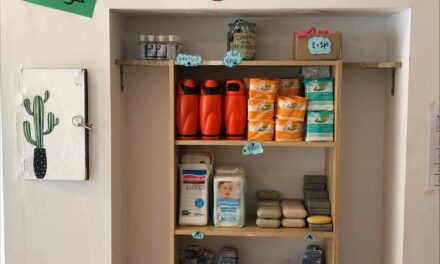
Picture 2.000 Kurdish fighters armed with black market Soviet-era AKs, facing off against almost five times as many Islamist militants with heavy weaponry and tanks. They defended every square meter of the city as if it were the last.
March 20, 2025, marks the 10-year anniversary of the Democratic Autonomous Administration of North and East Syria’s (DAANES) victory in the siege of Kobanî, a seven-month battle referred to as the “Stalingrad” of the struggle against ISIS, the self-proclaimed Islamic State. For Rojava (Kurdish for “West”, referring to western Kurdistan), it was a crucial symbolic victory, a testament to Kurdish resilience in the face of ISIS’s theocratic fascism. As the YPG (People’s Protection Units, the main Kurdish militia) put it: “The battle for Kobanî was not only a fight between the YPG and Daesh [ISIS], it was a battle between humanity and barbarity, a battle between freedom and tyranny, it was a battle between all human values and the enemies of humanity”. A humanity that had been paid for in blood, yet was partial and conditional at best. Western Media ran images of women fighters from the YPJ, often framed through a superficial, pseudo-feminist, Orientalist lens that celebrated them as symbols of resistance against “Middle-Eastern repression” while largely ignoring the historical oppression of the Kurds and their struggle for liberation. It also erased the driving ideology behind the nascent polity—a real-life application of anarchist-inspired principles, shamelessly re-framed as an extension of Western values.
The battle for Kobanî was not only a fight between the YPG and Daesh [ISIS], it was a battle between humanity and barbarity, a battle between freedom and tyranny, it was a battle between all human values and the enemies of humanity.
‘Stalinists’, he calls them, ‘but they get the job done. Did good work during the lockdowns’. Brussels, COVID years. I’m visiting an old friend of mine who’s been living there for about three decades at this point. A brilliant artist and kind-hearted man, struggling with many demons, but nonetheless very active in the local far-left activist scene. We’re attending a protest action helmed by the aforementioned local communist organisation. Their organisational skills were impressive: a short briefing, then in and out, within ten, maybe fifteen minutes—just enough to get the message across without alerting the police.
“Bijî Rojava”
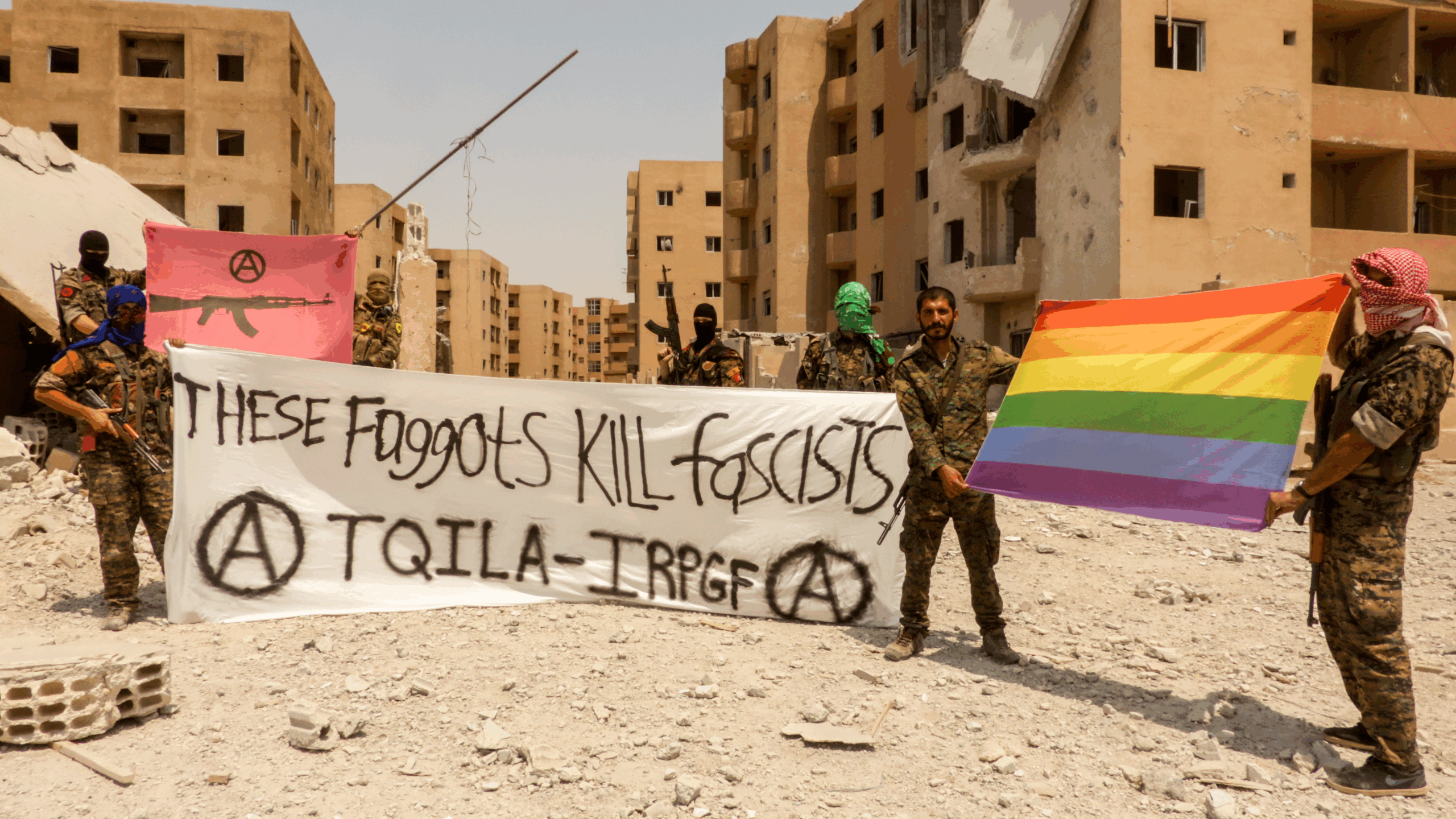
Fighters of The Queer Insurrection and Liberation Army, an armed international volunteer battalion posing in Raqqa after the liberation of the city in 2017. © IRPGF
To this day—and especially today, given the recent evolutions in Syria and the renewed Turkish and Turkish-backed offensives in Northern Syria—DAANES and its continued existence remain a key cause for Western Leftist circles. This solidarity has extended beyond mere demonstrations; some of us have even traveled to Syria as part of international volunteer brigades, echoing the famous International Brigades of the Spanish Civil War. The reactions “back home”, however, have been mixed, to put it mildly. Take the example of Dan Burke and Sam Newey, two British nationals who fought first in Syria against ISIS and later in Ukraine against the Russian invasion. When they died in Ukraine in 2023, they were hailed as heroes. As to their commitment in Syria? That led to terrorism charges. This seeming arbitrariness is also reflected in terms of media coverage and political responses. Less than two years after Kobanî, Turkey launched “Operation Euphrates Shield”, an invasion and ethnic replacement campaign in Northern Syria, thinly veiled as a peacekeeping operation targeting both ISIS and DAANES. The gruesome images from the ground showed corpses of the same YPJ soldiers who were held up as feminist heroes, now trampled by advancing Turkish and Turkish-backed soldiers. But instead of outrage, Western governments reacted with tepid condemnations: minor sanctions against Turkey, and a warning to the “Kurds”—a ridiculous mischaracterization given the multi-ethnic character of DAANES and—to stay within their “ethnic” territories. The narratives surrounding the population of Northern Syria (or any other group fighting for freedom) shift depending on the strategic goals of the US and its NATO allies. One day, they are depicted as human beings deserving of solidarity and support, and the other as barbarians who should know their place.
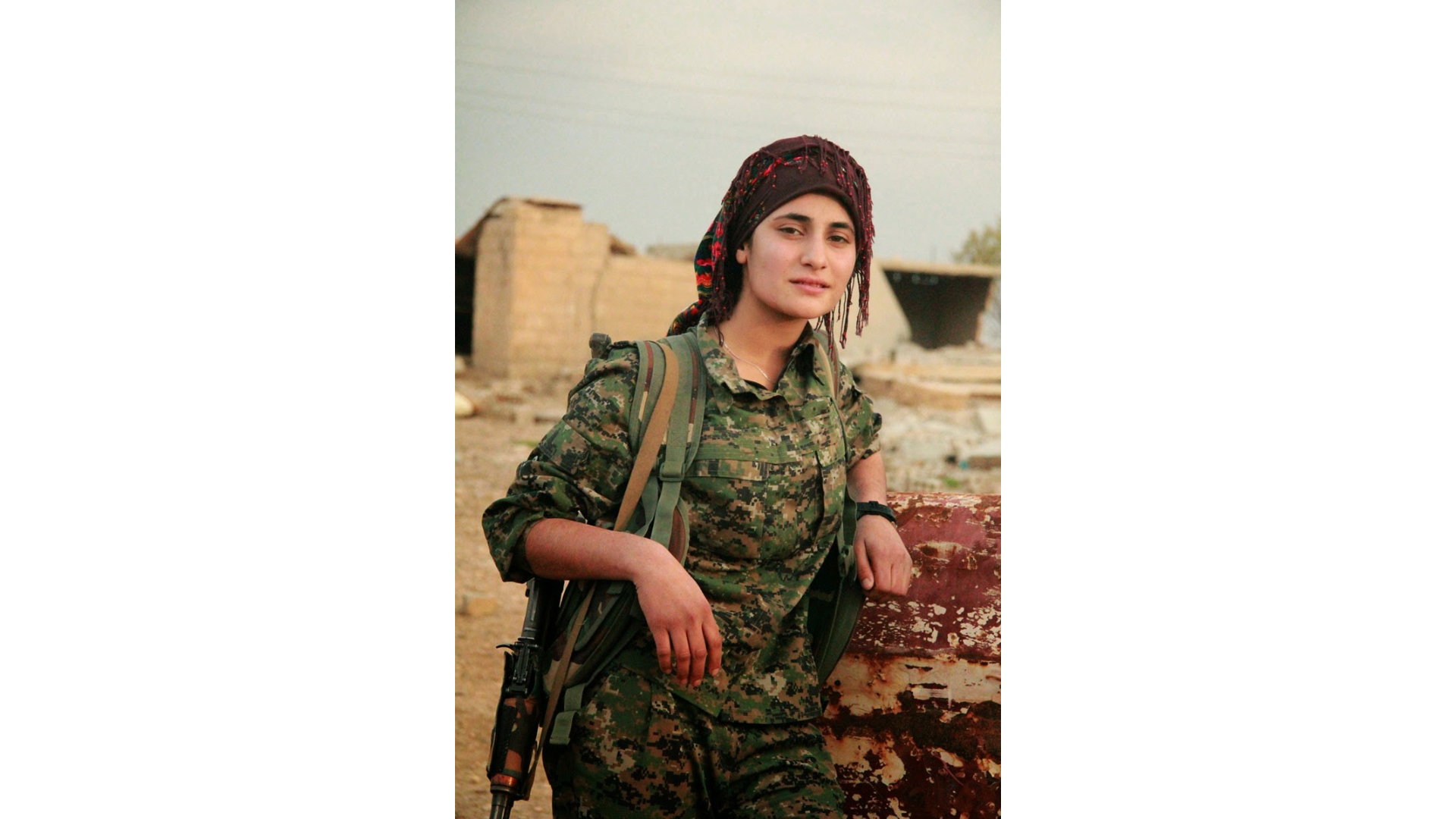
Woman fighter of the Women’s Protection Units (YPJ) © Denilaur
After-protest drinks at the associative bar that serves as the “Stalinists’” headquarters. He tells me they had asked him to help bolster their ranks for the flash protest. While there were tensions between their respective groups – he belonged to an anarchist artist group – he held deep respect for the person who invited him. A middle-aged woman with a firm gaze and a soft voice. A veteran activist. He points out some other people around: a couple of girls in their mid-twenties from a militant feminist group drinking cheap, bad red wine. The leader of the “Stalinist” group, an older, tall, and slightly rotund man with a gentle face who had spent decades in prison on account of his activism and had only recently been released. “His ideals never wavered”. And finally, a younger, lanky guy. My friend expresses both dislike and a begrudging admiration for him.
“He fought in Rojava”.
What difference is there between terrorists and freedom fighters? Who decides and for how long?
What difference is there between terrorists and freedom fighters? Who decides and for how long? Contrast and compare DAANES with other groups and peoples struggling against oppression and for their freedom, for their humanity. Contrast and compare the depiction of the Syrian Kurds with that of the Palestinians, for example. Common Western opinions range from a semi-compassionate “oh, this is horrible and shouldn’t be happening, but nothing can be done”, to indifference, to outright anti-Arab racism. And again, the view and depiction of the “cause” invariably shape the perception of the activists. “Antisemites”, “terrorist sympathisers”, etc. And there is much annoyance and bewilderment towards the presence of young queer people in resistance movements, many of whom are trans and non-binary. They are often met with the same old refrain: “They would throw you off the rooftops in Gaza,” and “they’d rather have you dead, so why do you support them? One real online comment summed up the sentiment or situation: “It’s like chickens for Colonel Sanders, as they say. It’s illogical to advocate for an intolerant nascent state that would kill you as soon as it looks at you. Therefore, it will kill its [sic] own citizens if they don’t measure up. Gays for Palestine is as nonsensical as Jews for Hitler.”
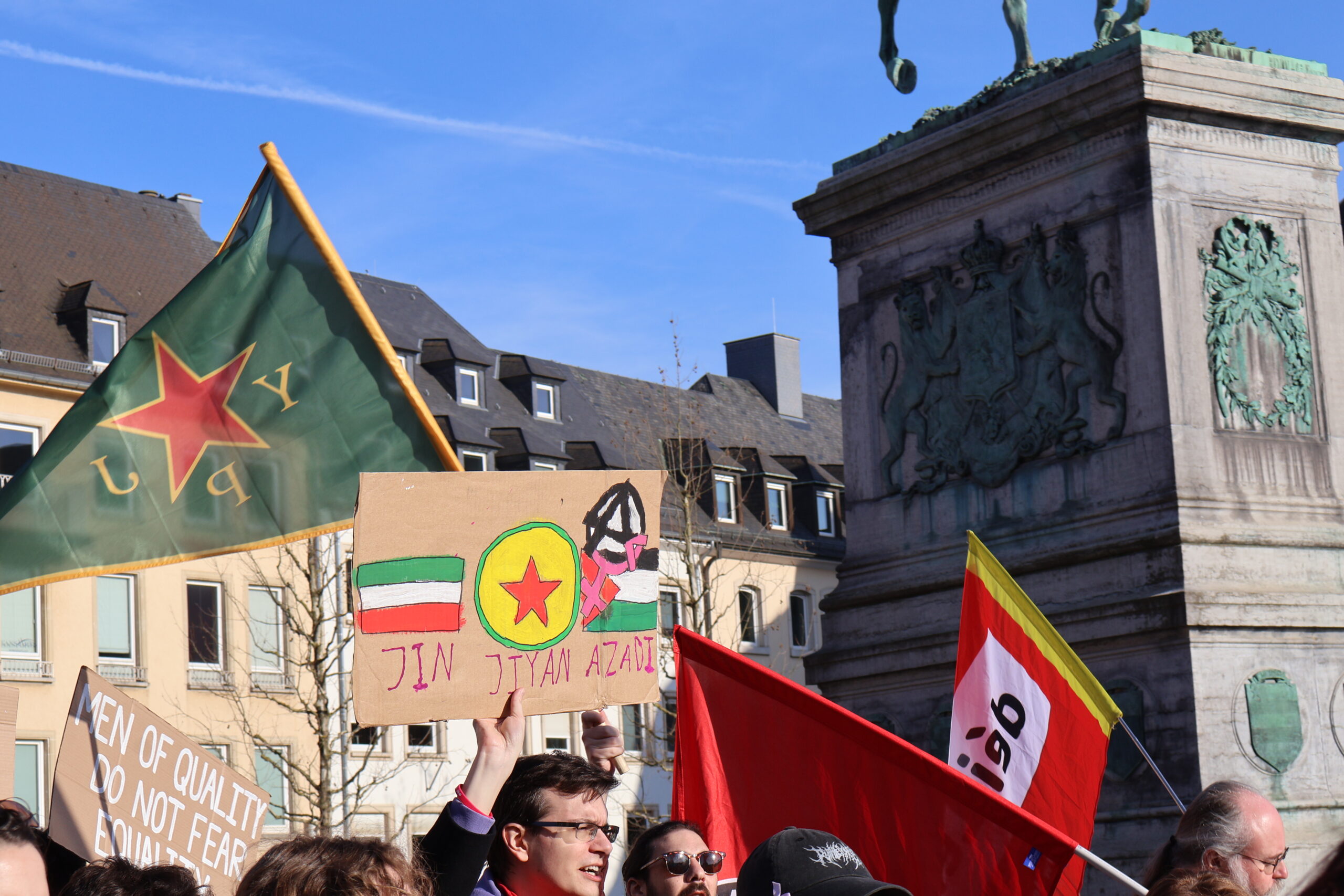
A few years later, another visit. Post-COVID, at the start of my transition. We spent most of our time hanging out in the cultural centre that my friend had helped build—literally. They’re screening a documentary on the abhorrent working conditions of domestic workers in Brussels. “I have a ton of questions”, he says, referring to my transition, “but later”. He won’t ever ask me any of them. Just give me a deep, heartfelt smile and a hug.
These are deeply ignorant and racist questions, but in all fairness, they are not always asked in bad faith. A question for a question, then: “How could we not?”
For many younger members of our community, this is all they have ever known: to stand up and fight time and time again for their right to exist, to live, to thrive.
Our humanity has been under attack for years. There is an ongoing political project aiming to exclude us from participating in public life through sports and military bans, and even bathroom bills. Access to life-saving healthcare is being restricted, and the airwaves flooded with anti-”gender ideology” discourse. Bills are being introduced and laws changed in order to literally legislate us out of existence. For many younger members of our community, this is all they have ever known: to stand up and fight time and time again for their right to exist, to live, to thrive. To not rely on a state whose support is, at best, conditional, often requiring pathologization and subsequent treatment (through sterilization, normative (and mandatory) social and medical transitions, the cementing of binaries). Hence, we understand the fragility of our status as “citizens‘, or even as humans. The state can turn against even the most abiding of us at any point in time. Hence, the heightened importance of activist spaces and community solidarity—just as it is for so many other oppressed groups worldwide. So, let me ask again: How could we not stand for those locked in a struggle for their basic humanity? Bijî Rojava, free Palestine and trans liberation now! None of us will be truly free until all of us are!
Persecution of the Kurds in Syria and Turkey
The Kurds are an Iranic ethnic group and one of the largest stateless people with an estimated 30 to 45 million. They are native to the region of Kurdistan, which is split between Southeast Turkey, Northern Syria, North West Iran, and northern Iraq. They have been the subject of varying degrees of oppression and persecution in all of these countries in recent history.
In Turkey, Kurds represent up to 20% of the total population, i.e. around 15 to 20 million. Even before the founding of the Republic of Turkey, they had been subjected to massacres, state suppression, and forced assimilation. They were categorized as “Mountain Turks” until the 1980’s and, from 1980 to 1991, the public use of the Kurdish language had been officially prohibited. To this day, it remains banned in schools. Systematic human rights violations against the Turkish Kurds include systematic executions of civilians, torture, forced displacement, the destruction of villages, arbitrary arrests, and the disappearance of journalists, activist,s and politicians.
In Syria, Kurds represent up to 10% of the population, i.e. around 2 to 3.5 million. In the 1950’s, shortly after the country’s independence, policies prohibiting Kurdish culture were implemented. In the 1960’s over 100.000 Syrian Kurds were stripped of their citizenship. This meant that they and their descendants were effectively banned from participating in the workforce, from schools, and from owning property, or from taking part in any political process. In the 1970’s, the Syrian government engaged in forced Arabization and resettlement campaigns.
PKK, PYD, YPG – too many acronyms
The Kurdish Workers Party or PKK, was founded in Turkey in 1978 as a Marxist-Leninist group, part of the “worldwide communist revolution”, with a focus on Kurdish independence. It drew its membership not only from the Kurdish population but also from various Turkish radical left factions that had been dismantled in the aftermath of the 1971 military coup. Since its founding, it has been engaged in an armed conflict with the Turkish government, with intermittent, often unilateral ceasefires. Over time, its ideology has shifted from more orthodox Marxist-Leninist thinking to a libertarian socialist “democratic confederalist” view, and its goal has changed towards creating a federalist structure with minority autonomy in Turkey. Due to political pressure from Turkey, it is still considered as a terrorist organisation by most Western countries, despite winning 2 EU court cases contesting the designation in 2008 and 2018, respectively.
The Democratic Union Party or PYD, was founded in 2003 as a successor to the PKK presence on Syrian territory. It quickly established itself as the dominant political force of DAANES, and its ideology is reflected in its constitution. Its paramilitary wing, the People’s Protection Units were founded at the same time but remained dormant until the Syrian Civil War.
The real or supposed presence of PKK fighters has been used by Turkey as a pretext for not only intervening in the Syrian civil war but also repeatedly bombing Iraqi Kurdistan.
Syrian Civil War
In 2011, popular discontent with the brutal Assad regime led to large-scale protests, which by 2012 had escalated into a still ongoing civil war. With Damascus’ attention and forces focused elsewhere, existing underground Kurdish political parties joined hands, and the dormant YPG was re-established to defend majority-Kurdish areas in the North East.
2014 saw the emergence of ISIS in Syria. It gained a foothold in the country by absorbing the Islamist, al-Qaeda-affiliated al-Nusrah front (later rebranded to Hay’at Tahrir al-Sham or HTS), quickly conquered large swaths of territory, and perpetrated heavily mediatized atrocities. They would only get pushed back when, in the aftermath of Kobanî, the US military entered into an alliance with DAANES, greatly increasing the effectiveness of American airstrikes by having ground support.
In 2016, 2018, and 2019, the Turkish military and its proxies launched offensives into Northern Syria, with the stated goal of combating ISIS and the Kurds. To this day, they occupy so-called “buffer zones” that were repopulated with majority-Arab Syrian refugees after the original majority-Kurdish population was forcibly displaced to nearby DAANES-held territories.
The war entered a stalemate from 2020 until the renewed, HTS-led offensive against the near universally hated Assad government and the subsequent fall of the regime in late 2024.

